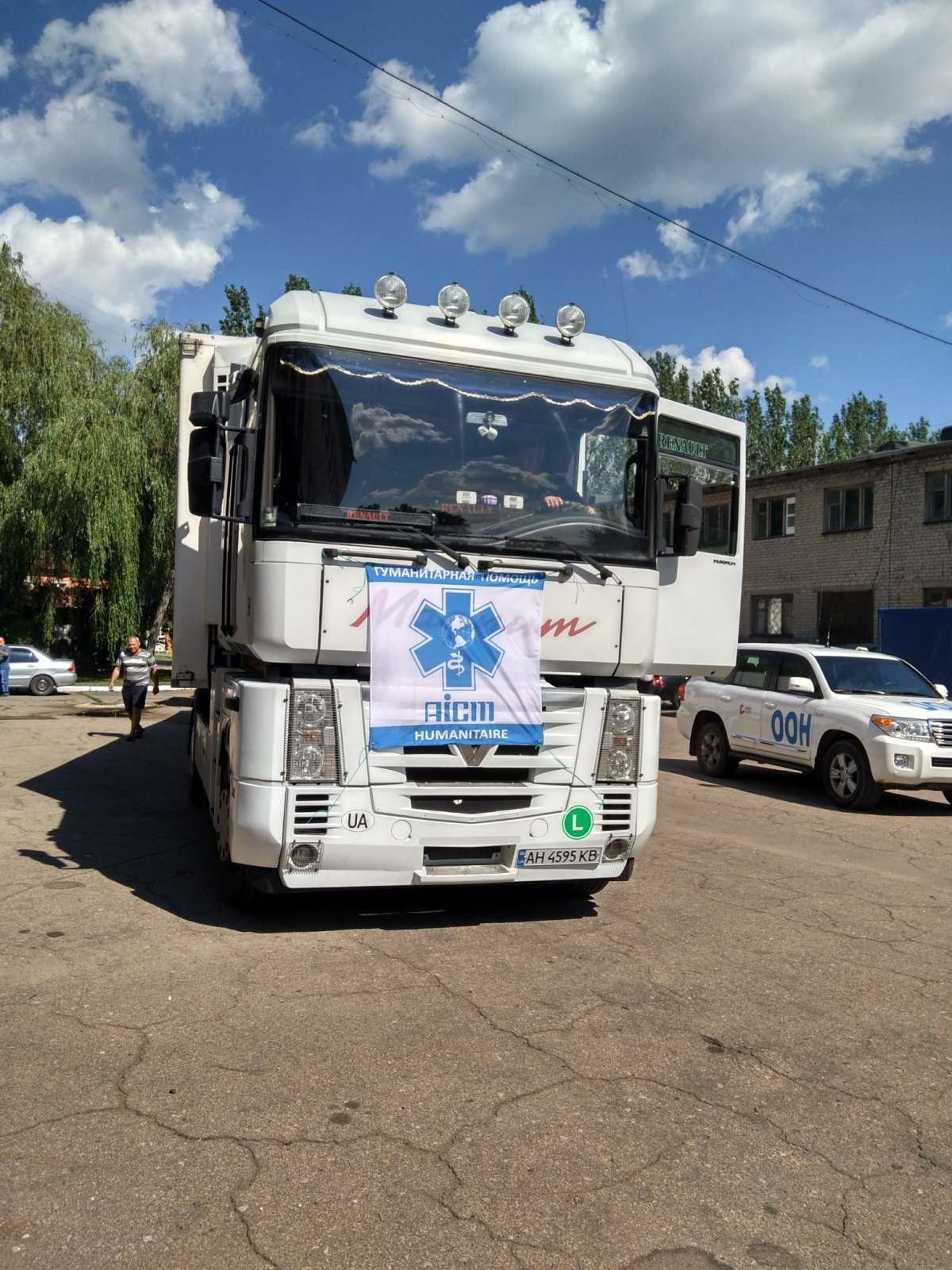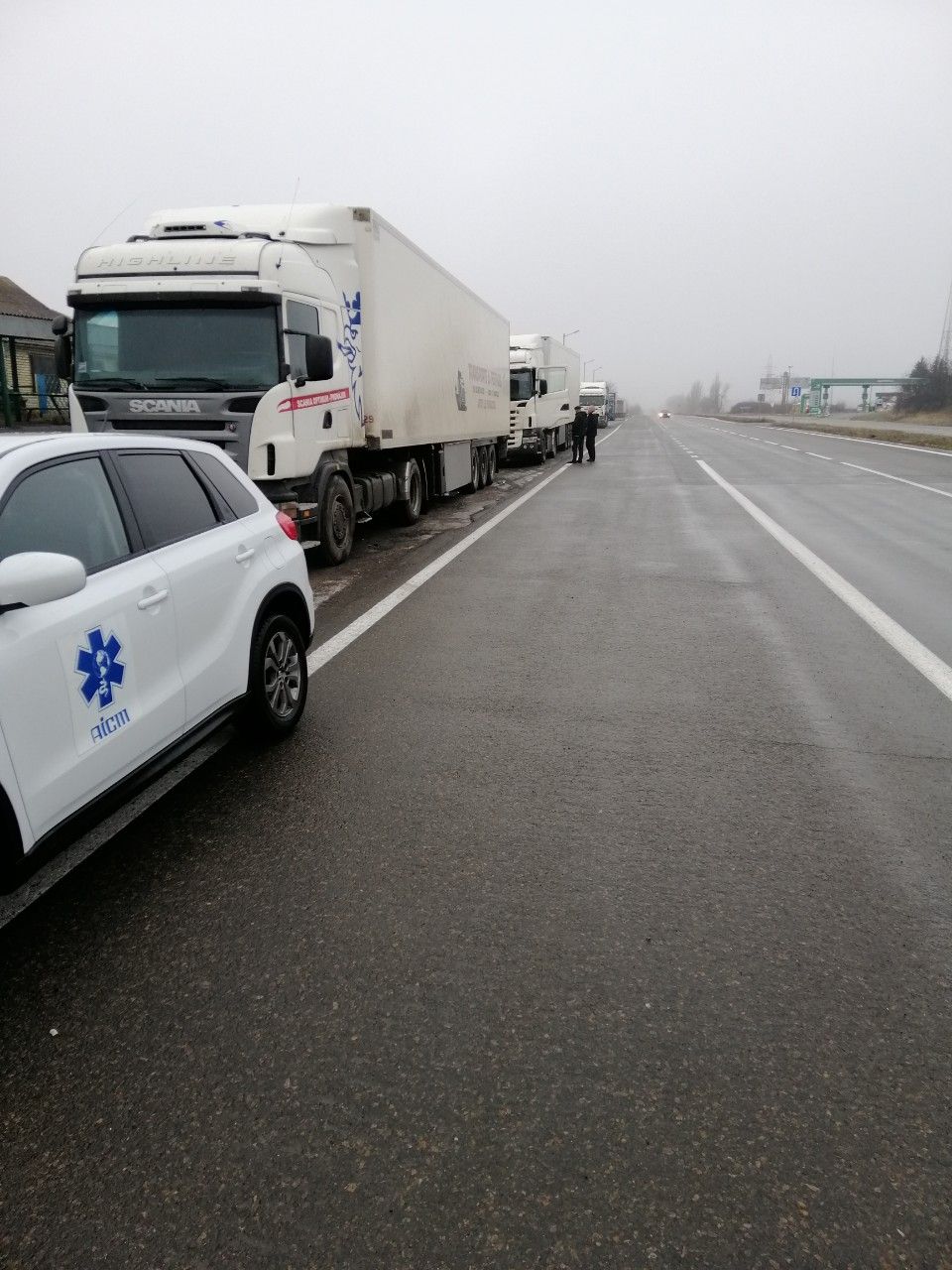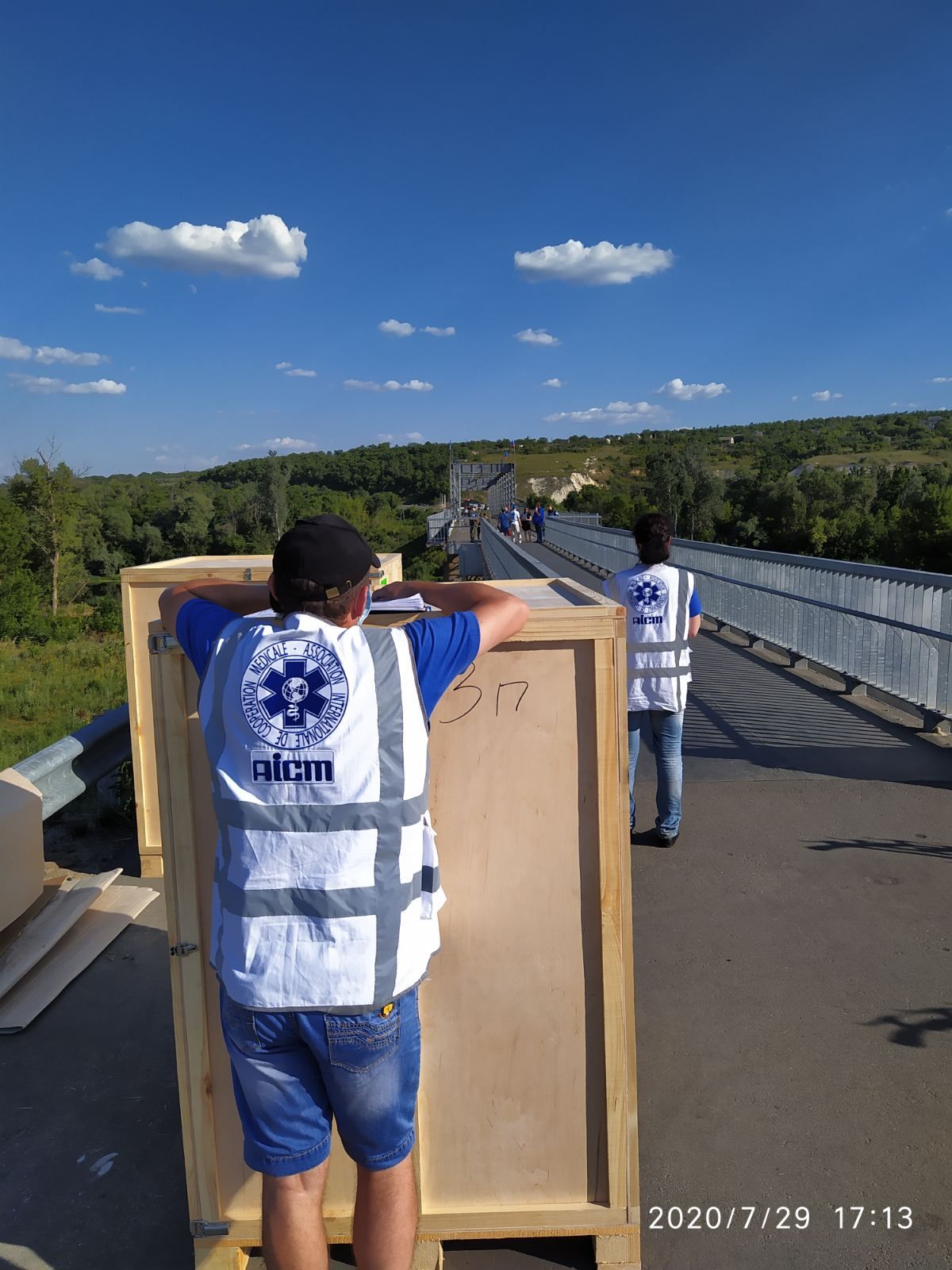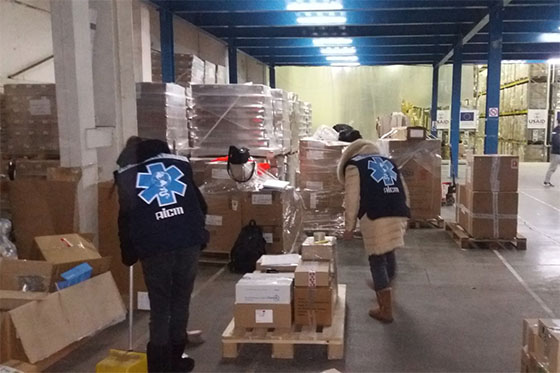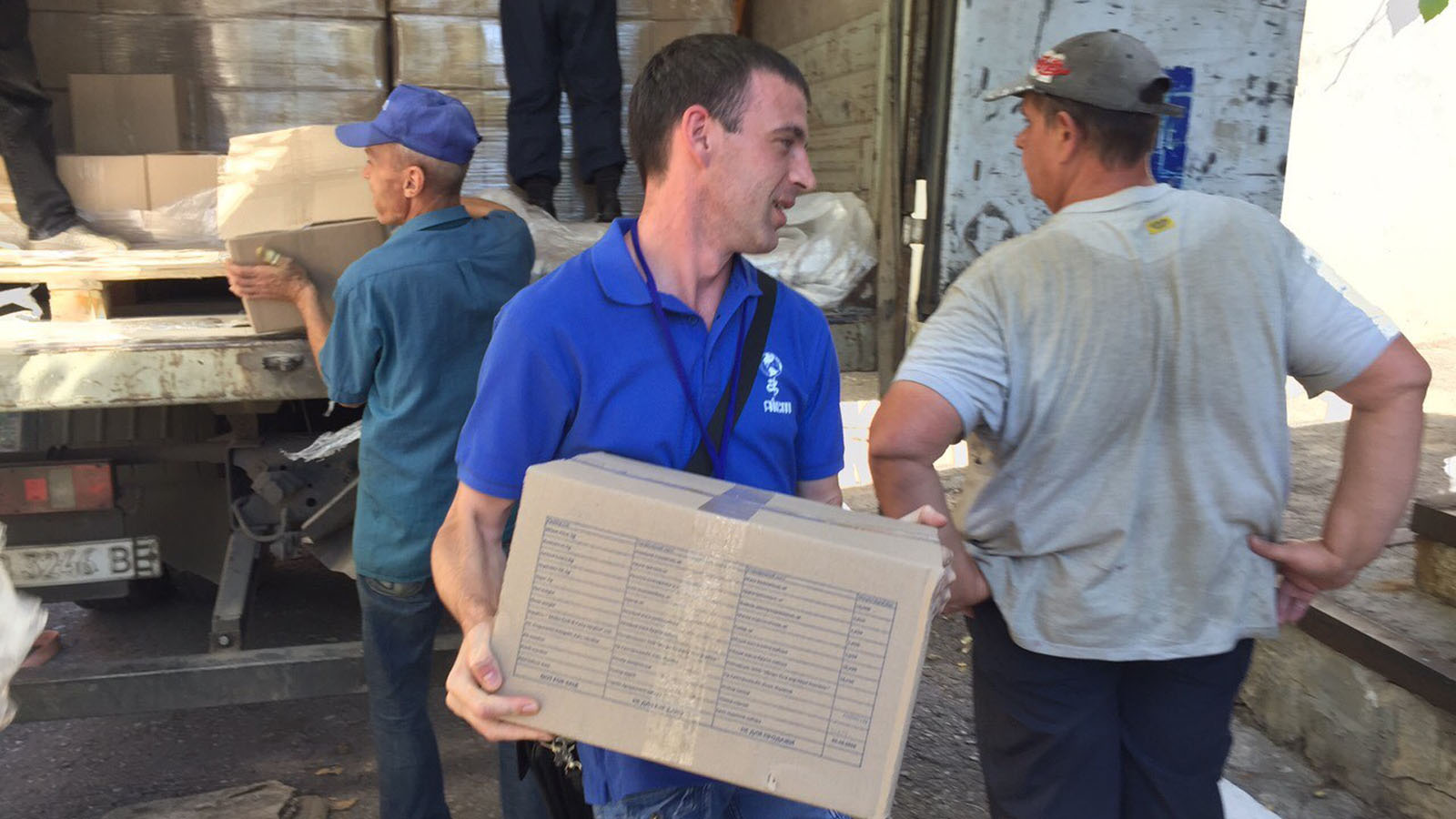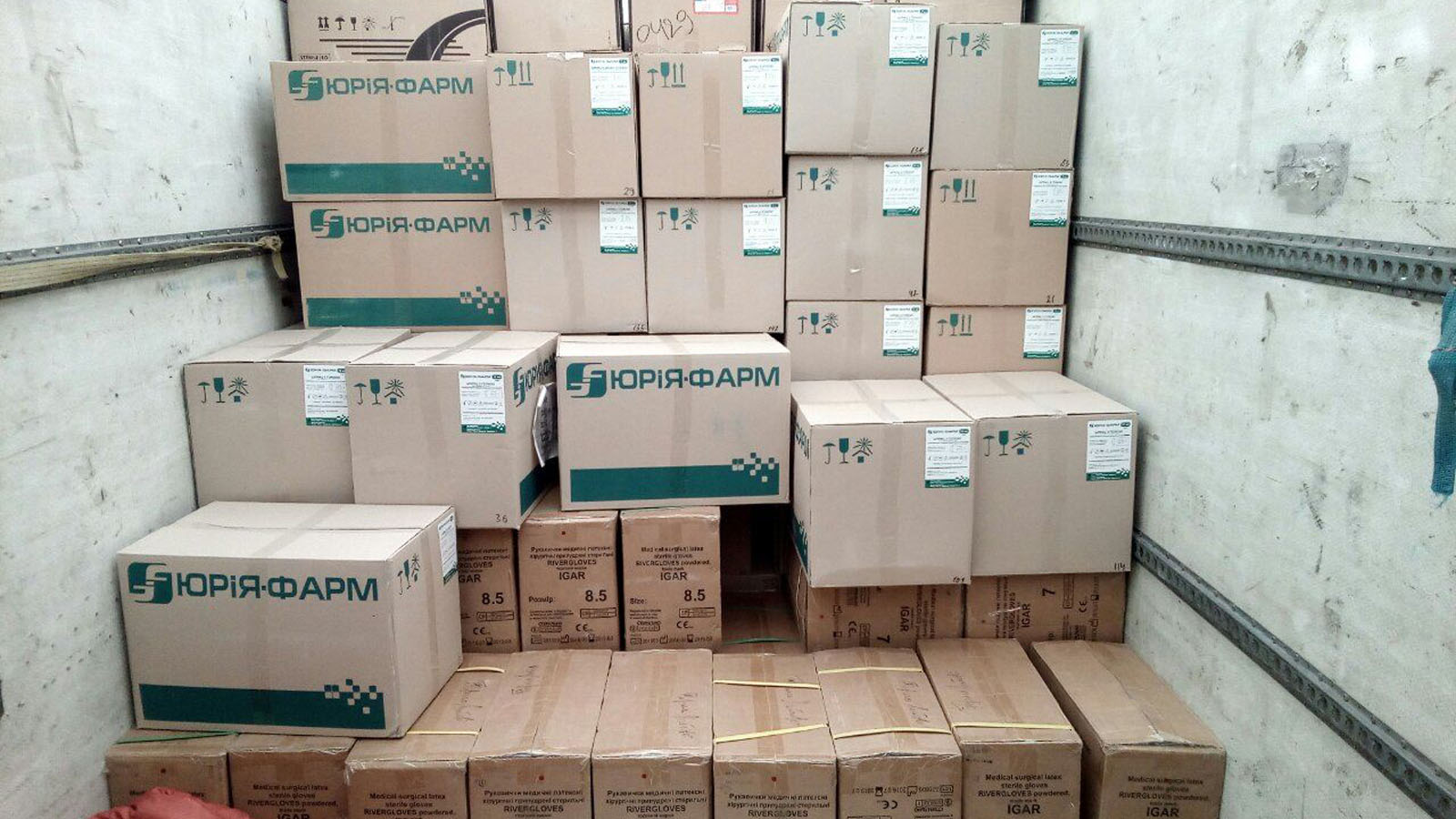Humanitarian activity in DONBASS since 2014
Before all international organizations arrived in the conflict zone in eastern Ukraine, in 2014 AICM Ukraine delivered 33,000 food kits and 65 surgical, resuscitation and medical kits, drugs and consumables to the population and hospitals. Hospitals and refugee assistance centers:

In 2015, the AICM Foundation began its cooperation with the United Nations (WFP World Food Program, World Health Organization, Office of the United Nations High Commissioner for Refugees (UNHCR)) and the Organization for Security and Co-operation in Europe (OSCE). also with border organizations and Doctors of the World. Institutional donors such as USAid, the Swiss Confederation, the Federal Governments of Germany, Italy, Belgium and Canada have responded to our various calls for funds to help local people in difficulty on both fronts of the front line. AICM recently received initial funding from the United Nations Managed Humanitarian Fund for Ukraine (UHF).
AICM is completely neutral, and this neutrality is very important. Unlike many NGOs, the conflicting armed forces and security services were not assisted by either Ukrainian forces or territories not temporarily controlled by the Ukrainian government (NPT). Assistance was provided directly to hospitals and social centers, and intermediaries did not interfere in our missions. This is the reason why, unfortunately, we had to stop our activities in the temporarily uncontrolled area of Donetsk in 2019, despite the huge needs of the population and hospitals, due to the obligation imposed by local authorities to pass through dubious local intermediaries, but working with other international NGO.
A total of 220 tons of drugs, medical supplies and laboratory reagents were delivered to 35 hospitals (including 17 maternity hospitals and 12 children's hospitals) in the temporarily non-governmental territory (NPPT) and 30 in the territory controlled by the Government of Ukraine (PPT).
AICM's humanitarian activities, including against COVID-19, continue in the Luhansk Controlled Zone, the Donetsk Controlled Zone with 11 projects in 2021 and 15 in 2022. It accounts for 50 to 65% of the annual budget, involving 15 staff and several local volunteers.
